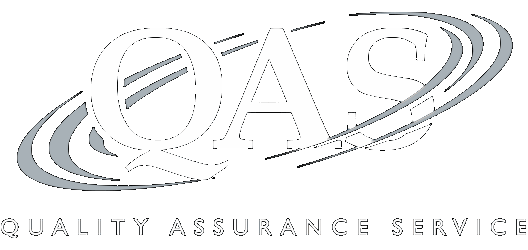International R&E: Impact of Section 174 Capitalization Requirements on Multinational Taxpayers
Note: CLE credit is not offered on this program
Recording of a 110-minute CPE webinar with Q&A
This webinar will discuss the impact of recent changes to the deductibility of research and experimental expenditures (R&E) on multinational taxpayers. Our panel of international tax advisers will clarify what costs constitute R&E expenses, explain how these costs should be treated, and provide examples of the impact of these changes on GILTI, FDII, foreign tax credits, and other foreign tax calculations.
Outline
- New R&E capitalization requirements
- Identifying Section 174 assets
- Amortization
- Impact on foreign tax calculations
- GILTI
- FDII
- Foreign tax credits
- BEAT
- Other foreign tax calculations
- Best practices
Benefits
The panel will review these and other critical issues:
- Identifying R&E expenses subject to Section 174 capitalization requirements
- Determining how amortization requirements affect GILTI calculations
- Deciding tax strategies to mitigate the effects of changes to Section 174 acquisitions
- Differences between R&E and R&D expenditures
- Tracking R&E costs
Faculty

Julie Peters, CPA
Tax Senior Manager
Plante Moran
Ms. Peters specializes in tax credits and incentives, notably the R&D tax credit, with diverse industry experience... | Read More
Ms. Peters specializes in tax credits and incentives, notably the R&D tax credit, with diverse industry experience and a focus serving clients in the technology industry
Close
Robert Piwonski, CPA
International Tax Senior Manager
Plante Moran
Mr. Piwonski is an experienced senior tax manager and has more than ten years of public accounting experience assisting... | Read More
Mr. Piwonski is an experienced senior tax manager and has more than ten years of public accounting experience assisting clients in a wide variety of industries. His clients range from owner-managed to private equity businesses with both inbound and outbound foreign investment and revenues ranging from $8million to $2billion. Mr. Piwonski assists companies with their global compliance and effective tax rate considerations, as well as advising on cross-border transactions, providing international tax due diligence and continuous strategies to reduce worldwide cash taxes.
Close
Jay Woods, CPA
International Tax Manager
Plante Moran
Mr. Woods is a tax manager at Plante Moran focusing on international and corporate tax. He has experience assisting... | Read More
Mr. Woods is a tax manager at Plante Moran focusing on international and corporate tax. He has experience assisting inbound and outbound cross-border businesses with various matters, including global tax compliance, cash repatriation planning, and global tax efficiency.
Close
